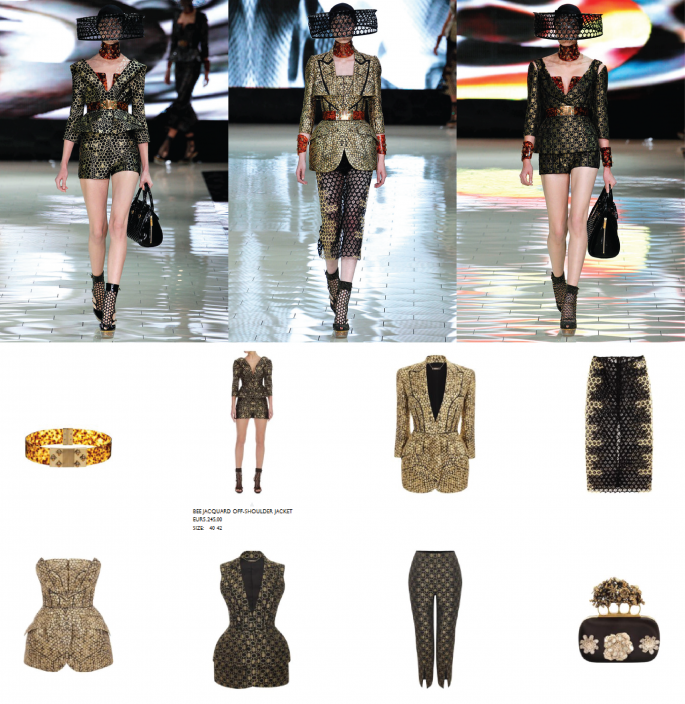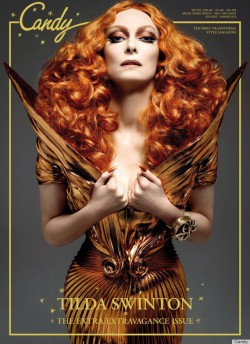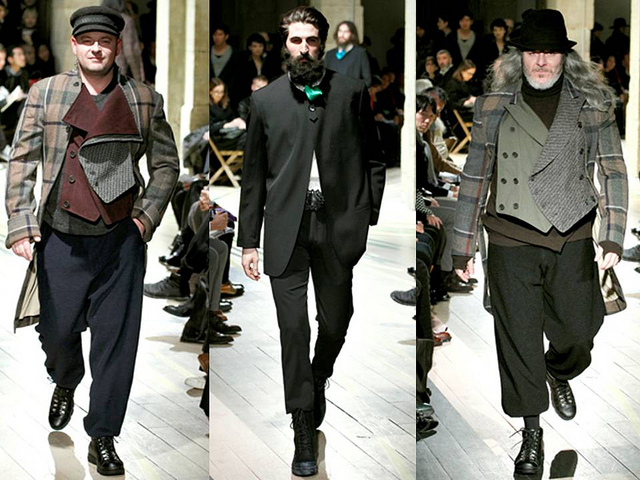Reviewing images from runway shows often leaves not only consumers, but even seasoned fashion professionals wondering “Will anybody actually wear that?” Unfortunately, it’s a trap that many young designers fall into – they get so enthralled channeling their creative ideas that their garments look more like theatrical costumes than anything that could be spotted in an office, at a family gathering, or even a fancy social event.
Paraded down the catwalk, these collections may receive tons of love from renowned fashion magazines, popular bloggers and other media, being praised for their freshness and originality. They may even be featured in an editorial or two. However, it does not necessarily mean that buyers will immediately make a beeline for these extravagantly edgy garments. After all, the buyer’s job is sourcing clothes that would sell, so if your collection is pushing the aesthetic envelope too far, they won’t take a risk of ordering it.
Wait, but isn’t pushing the boundaries expected in the fashion world? After all, runway garments are a form of art. And what about those large designer houses – known and loved for their signature over-the-top aesthetic? Claire Suddath of Time Magazine succinctly explains how it works for the famous brands:
“Basically, fashion designers spend large sums of money — the average runway show costs around $40,000 — to show off clothing they don’t expect anyone to buy. But runway shows aren’t intended to sell individual items; they’re about publicity, prestige and the overall feel of a designer’s collection. Every seasonal collection has a theme — nautical, rustic, Victorian, gingham, clowns — that is later translated into more wearable items sold in boutiques and department stores.”

These items look more like sculptures than something you'd see on a city street (left - Michael Lau, right - Ye Yaoya)
In other words, what we see on the runway is toned down to become relatable to the clientele. Because people want to feel comfortable in their clothes and will only buy apparel they can actually wear.
Moreover, even though established brands have the time and resources to continuously adjust their collections to be sellable (something that emerging designers can’t afford), latest trends show that they’ve started leaning towards presenting more accessible collections from the start. For example, Geraldo da Conceicao, Creative Director for Sonia Rykiel, said he:
“wanted Rykiel to be aesthetically accessible: an easy-to-wear, slot-into-a-wardrobe brand, not one defined by the need to be pushing boundaries at every moment.”
The bottom line? Wearable, relatable clothes generate revenue. By offering such styles your fashion label will attract more consumers. Because even people who wouldn’t be caught dead splurging on designer items will seriously consider investing into one if they know the garment has impeccable quality, will go well with the rest of their wardrobe, and has the potential to last for years.

Wearable designs with unorthodox styling (left to right - Alena Akhmadullina SS06, Antonio Marras SS09, Viktor & Rolf FW0708)
Accessible apparel is also appealing to buyers. With more relatable styles, they will have an easier time translating your runway looks to store racks, thus evaluating the commercial potential of your collection higher and driving profit margins with them.
Now, don’t get us wrong – designing wearable clothes isn’t the same as being unimaginative and bland. Do establish your own aesthetic and carry the legacy of previous collections into the new ones. Do create luxurious items that will generate the buzz for your brand (the top of the collection we’ve mentioned earlier). Do feel free to be extravagant when it comes to the runway show. And do play around with styling in your lookbooks to better convey your aesthetic idea.
Just remember that while renowned fashion houses can afford to be bold for the sake of publicity, budding labels that put out avant-garde apparel season on season risk running bankrupting their own company. So take care not to get caught up in the “design for the sake of design” frenzy and never forget about your consumer.





About The Author: BridgeShowroom
Ken Nachbar is a co-founder and partner in Bridge Showroom. Ken loves working with designers, helping them open new doors, find new customers, and grow their businesses. With bachelor's degree in economics and an MBA from the University of Michigan, Ken combines 25 years of management skill and experience with his passion for fashion.
More posts by BridgeShowroom